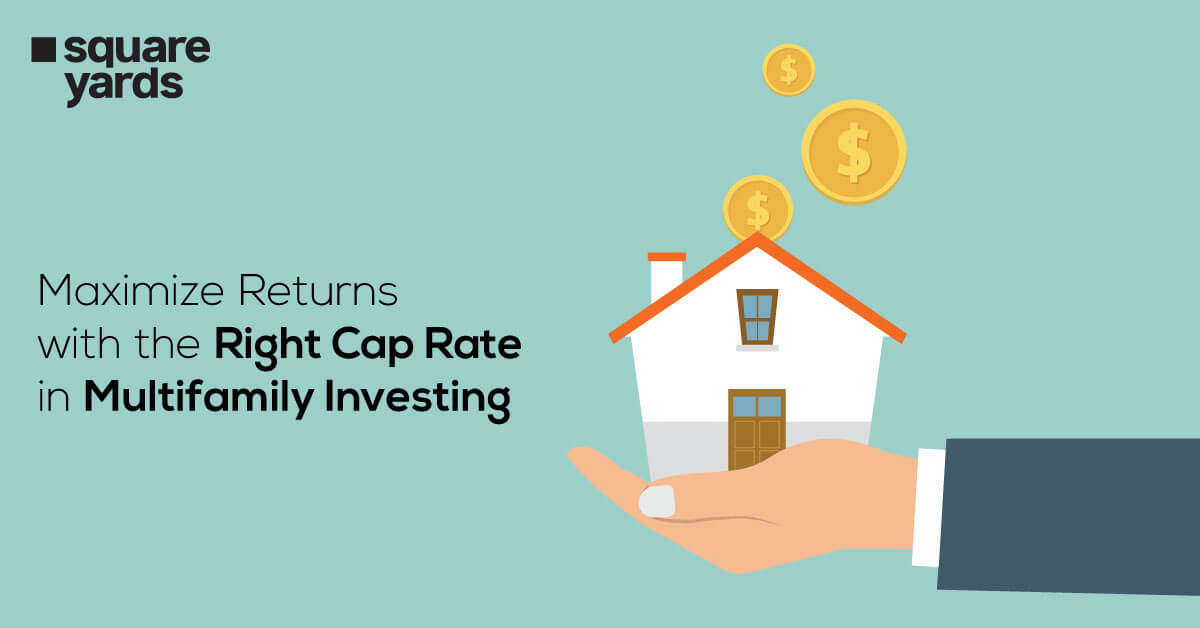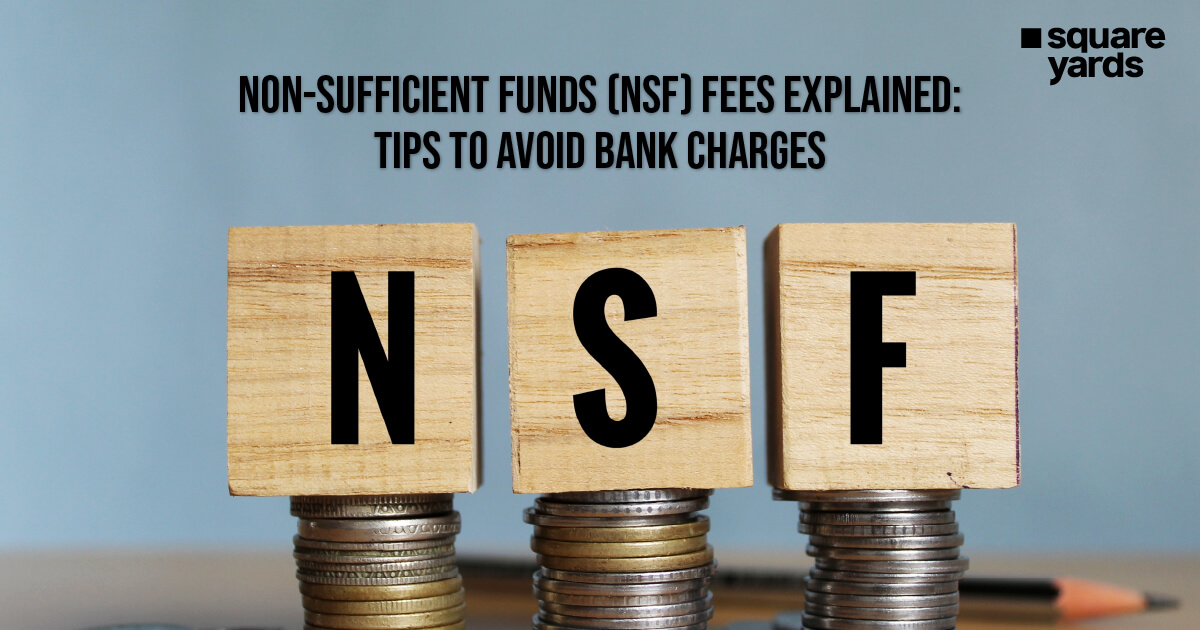Treasury bills in Canada are short-term government debt securities that mature within a year. As the Canadian government backs them, they are considered one of the safest investments for an individual. T-bills are offered to people at a discount, meaning individuals can buy them at a lower price and receive the full amount at maturity, earning interest through this difference.
T-bill rates fluctuate, largely influenced by the Bank of Canada’s monetary policies. For example, as of recent rates, 1-month T-bills offer around 4.96%, while 1-year T-bills offer about 5.12%. Treasury bills can be purchased through public auctions or from secondary markets via brokers or online platforms. Many investors consider investing in treasury bills in Canada a good choice for short-term, low-risk investments, but they may not offer returns that keep up with inflation or higher-growth options like stocks.
How T-Bills Function in Canada
For instance, if you buy a T-Bill with a face value of $1,000 at $980, you earn $20 when it matures. This discount and the time until maturity determine the yield. T-bills don’t pay regular interest; the return is based on the difference between purchase and face value.
T-Bills are auctioned by the Bank of Canada, and you can buy them directly through brokers or financial institutions. They are popular for their liquidity and security, but their returns are generally lower than other investments like stocks or bonds.
How T-Bill Yields Are Calculated

To calculate the yield on a Treasury Bills in Canada, you must determine the difference between its purchase price and face value. T-Bills are discounted, allowing you to pay less than their face value upfront. The interest income is calculated using the formula:
(Purchase Price) × (Effective Yield Rate) × (Days Held) ÷ (Days in the Year) = Interest Earned
Let’s take an example. If you buy a T-Bill with a face value of $1,000 for $950 and it matures in 180 days, you plug these values into the formula to determine the annual yield. This formula allows you to express the return in yearly terms, even if the T-Bill’s actual term is shorter than a year.
It’s important to note that T-Bill yields fluctuate based on market conditions, including changes in interest rates set by the Bank of Canada. Investors must also be aware of fees, which may impact the overall yield if not accounted for properly. This approach shows investors the expected return, helping them decide whether T-bills fit their financial strategy.
Benefits and Drawbacks of Investing in Canadian T-Bill
Investing in Canadian T-Bills has both advantages and drawbacks. Let us explore some of their pros and cons:
Advantages
-
- Low Risk: Backed by the Canadian government, T-Bills are considered one of the safest investment options.
- Liquidity: T-Bills have short maturities (up to one year), making them a flexible and liquid investment.
- Predictable Returns: They are sold at a discount and pay the full face value at maturity, ensuring clear, fixed returns
- Ease of Access: Available through public auctions and secondary markets, making them accessible for individual investors.
Disadvantages
-
- Low Returns: T-bills offer lower yields than stocks or bonds, making them less attractive for long-term growth.
- Inflation Risk: If inflation rates exceed the yield, the real purchasing power of the return may decrease.
- Opportunity Cost: Fixed returns mean T-Bills may not take advantage of rising interest rates or better available investment opportunities.
Conclusion
Treasury bills in Canada provide a secure and straightforward investment option for those looking for a short-term and low-risk opportunity. As government-backed securities, they offer high liquidity and predictable returns, making them an ideal investment option for safe investors. But, the returns are generally lower than other investment types like stocks or bonds, and they may need to catch up with inflation, reducing their real value over time. While T-bills are ideal for preserving capital and managing short-term funds, investors must consider the trade-offs in returns and the impact of market conditions. These factors can help determine if T-bills align with your financial goals.
You May Also Read :
|
Guide To Rentvesting in Canada |
|
|
What is Canadian Investment Protection Fund |
|
|
Invest in Turnkey Properties in Canada |
|
|
All About ESG investing in Canada |
|
|
Understand Green Investment in Canada |
Frequently Asked Questions (FAQs)
Treasury bills (T-bills) are short-term investments issued by the Canadian government at a discount. Investors earn money when these bills mature at their full value.
The current rates vary based on maturity. For example, a 3-month T-bill rate is around 5.08%.
T-bills are low-risk because the government backs them, but inflation can reduce real returns, and interest rate changes may present opportunity costs.
If you buy a $1,000 T-bill at $950, you will earn $50 when it matures. The actual return rate depends on current T-bill rates and the purchase price.
In Canada, the minimum purchase amount for T-bills is $1,000. How do Canadian T-Bills operate?
What is the current interest rate for T-Bills in Canada?
Are there any risks associated with T-Bills in Canada?
What can I earn from a 3-month Canadian T-Bill?
What is the smallest amount I can invest in a Canadian T-Bill?











